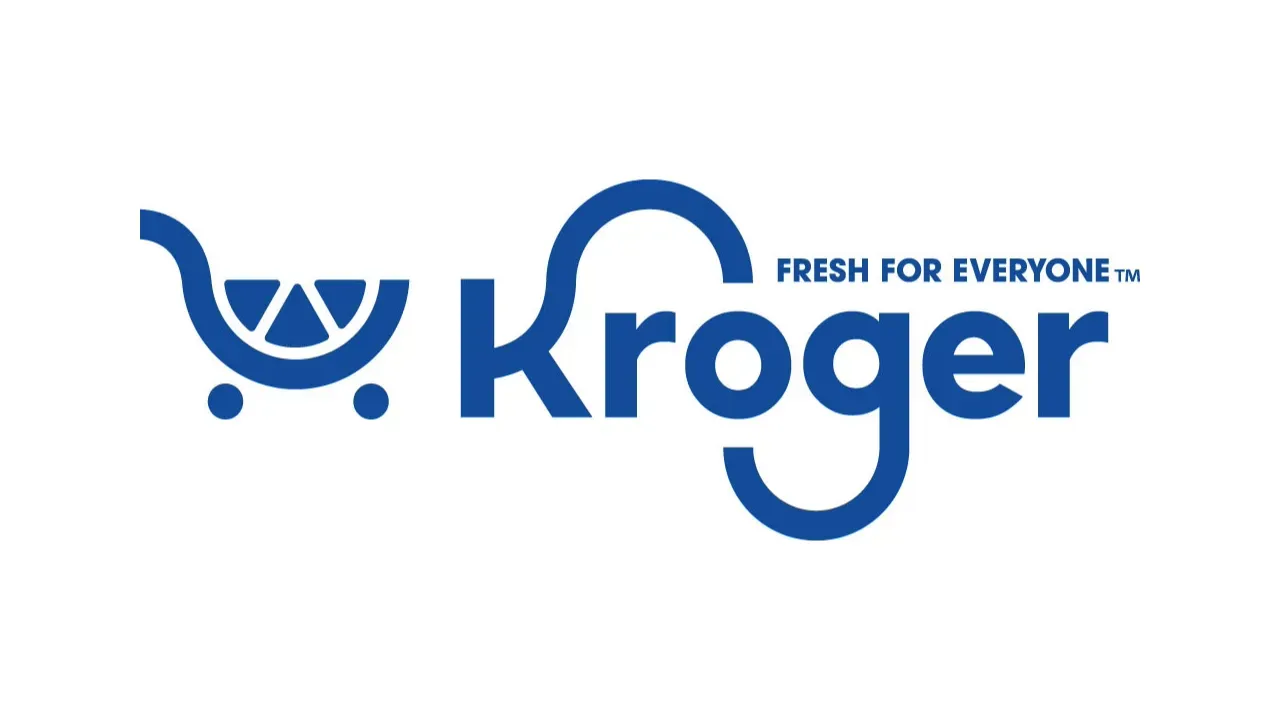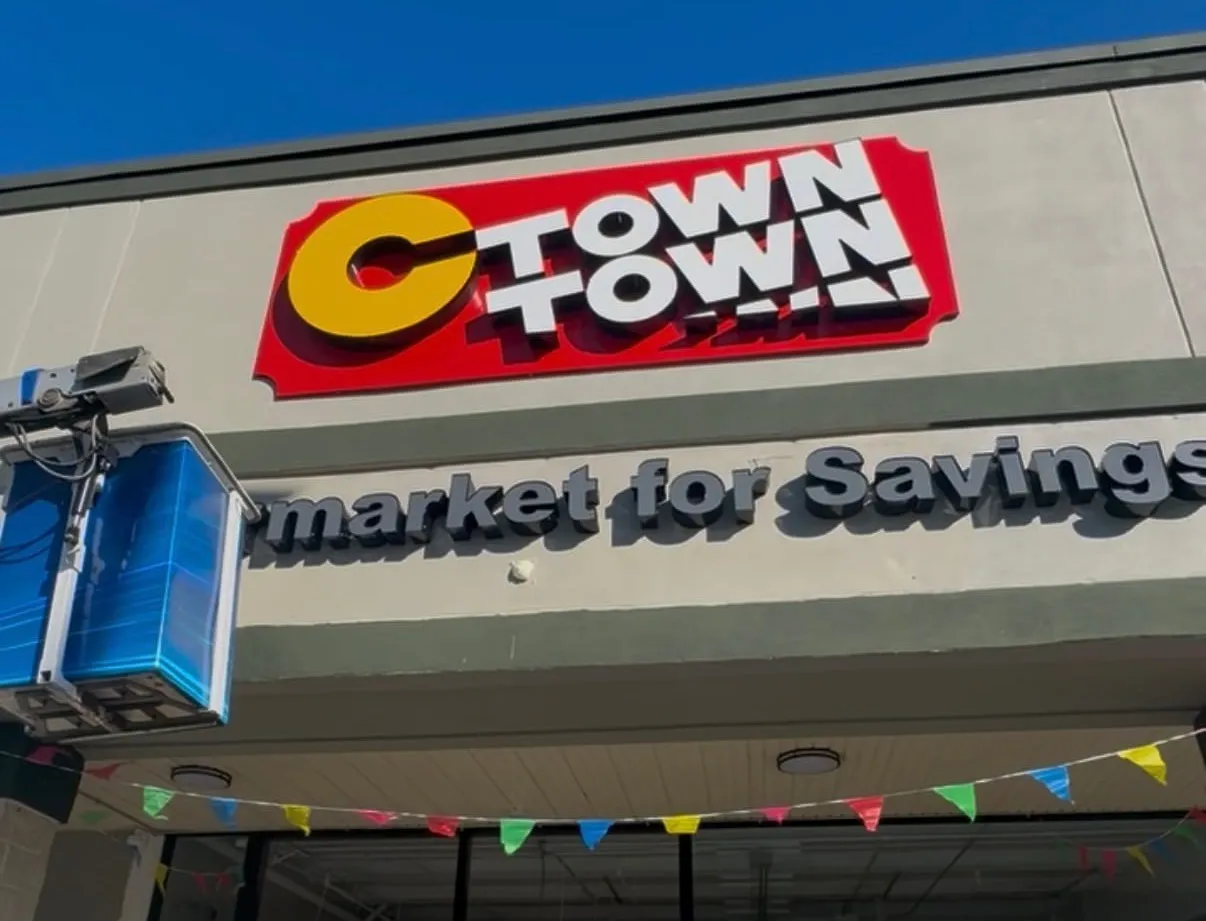After an extended period of inertia fueled by a false sense of invulnerability and a misplaced emphasis on the endurance of traditional approaches to food retailing, America’s grocery retailers have begun to revive the creative approach to business that once made them the darlings of the U.S. retailing community.
After an extended period of inertia fueled by a false sense of invulnerability and a misplaced emphasis on the endurance of traditional approaches to food retailing, America’s grocery retailers have begun to revive the creative approach to business that once made them the darlings of the U.S. retailing community.
In so doing, they have latched on to the two most significant trends the country has experienced in this century: the emergence of a multicultural society and the dawn of a new age of health and wellness.
So it is that the most exciting grocery retailers in America are those that have begun marketing to the nation’s Hispanic, Asian, Indian and Middle Eastern communities by offering an ethnic range of products and promoting them in the native languages of their local customers. In major urban centers throughout the country this approach to the ethnic consumer is changing the face of the grocery community, winning for ethnic retailers customers who formerly had no choice but to settle for the bland assortments offered by mainstream supermarkets. Even in smaller communities the grocery market has become increasingly fragmented, influenced by the growing ethnic diversity of America.
The biggest ethnic influx mitigating against traditional shopping options — and traditional supermarkets — can be found in such states as Florida, Texas, Arizona and California, states that have been transformed by a dynamic infusion of Hispanic residents. But even states in Middle America are beginning to market to various ethnic groups, residents who respond enthusiastically to those grocers who aggressively pursue their business by offering ethnic products and supporting them with ethnic advertising and promotional activity.
Thus far, the most successful multiethnic grocers have been small retailers similar to their customers in their backgrounds and food preferences. But now such national food retailers as Kroger and Safeway, as well as the nation’s strongest regional supermarket operators — Publix, H-E-B, Wegman’s — are testing a multiethnic approach to food retailing — with the result that the entire grocery industry is experiencing a change of approach and emphasis that is recasting America’s retail grocery industry, instilling it with a dynamic sense of excitement and creativity it has not seen in this century.
Atop this new preoccupation with ethnicity comes a commitment to health and wellness, one that is altering both food and general merchandise assortments while putting a more sensible emphasis on healthy food than has yet been seen in grocery retailing.
To that end, food retailers are offering healthier and more nutritional food across a range of categories — produce, dairy, meat and virtually the entire dry grocery assortment. To support that effort, grocers are seeking to educate their customers with support materials that stress the importance of buying healthier products — and warn customers against the perils of eating, drinking and using less healthy products.
Here, again, smaller grocery retailers have thus far been in the vanguard of this movement, while national grocers have been slow to catch up. They have, however, been the beneficiaries of a range of new products and formulas marketed by both major and niche suppliers, products that stress the value of healthy eating in preventing or mitigating against such American epidemics as obesity and diabetes.
The most aggressive retail grocers have combined ethnicity and wellness to a degree that is changing the nature and emphasis of the business and leaving behind those conventional grocers that continue to pursue an American consumer who no longer exists.
One further ingredient is transforming the industry: The intelligent use of loyalty programs. Loyalty schemes have been part of America’s retail grocery industry for some considerable time. What’s changed is the sophistication and creativity behind these programs. Rather than offering all products to all shoppers, today’s cutting-edge initiatives target specific shoppers for specific products. More to the point, they are appealing to those shoppers by offering them products they really use, rather than those they might consider only because the savings are appealing.
Each of these initiatives can be viewed as significant in the way it is reshaping the buying and selling of groceries in America. Those few grocers that are embracing two or even three of these programs are discovering that the consumers they are successfully pursuing, and the sales those consumers are bringing to their stores, are creating nothing less than a new age of supermarket retailing in America. Conversely, those food retailers who insist on delaying action while this new paradigm is developing risk a loss of business that may not be all that easy to recover.





